so here theblog finally is, after all that waiting, in Peru. and it seemed like we waited a long time to go there too; after deciding some time last year that we were going to make this trip and booking all of our tickets and accommodations in January, May just took forever to come around. and now look, it's already a month and a half since we got back.
if there's not a cross on a hill in Peru, there'll be a flag. oh look: this one, behind the President's Mansion in Lima, has both. and its own condor doing fly-bys.
but this was a trip well worth the wait; it was a first time to South America and so something very different than we have been used to. the major motivation to go to Peru was to see the ruins of Machu Picchu of course, but with a 12 day trip there was plenty of time to see lots more. as a refreshing break from our usual travelling M.O., we alloted only one day to our initial destination, the big capital city, Lima. and what a sprawling mass it is, filling the gap between the Pacific coast and the nearby Andean foothills and teeming with something like eight million people crammed into all kinds of slums and tenements. there are nice areas too, but we didn't find those until much later in the trip.
but on that first day, we stayed clear of all the barrios and favelas and headed right for the tourist meccas in the heart of old colonial Lima. one of the main legacies of Peru's past as a Spanish colony is that every town has at least one plaza, or square, and usually several. the main ones usually take the name Plaza de Armas, but in Lima there are several of these so the very famous one, with the president's mansion and the cathedral, is simply called Plaza Mayor by the locals, meaning the main square.
examples of the fine colonial architecture from Lima's Plaza Mayor and just beyond are almost enough to make you think it was good of the Spaniards to take over. below, security around the Palacio Gobierno sometimes seemed excessive, but given the South American penchant for coups, may have been wise...
the plazas actually tend to be very pleasant spaces, oases of relative calm and clean in seas of chaotic traffic and dust. it's nice to have some green and a place to sit and slow down right in the middle of a big city, and the tremendous colonial architecture as a 360-degree backdrop doesn't hurt either. Lima has the very best examples of such buildings, largely i suppose because they have the money to keep them looking nice. the north end of the plaza is entirely taken up by the Palacio Gobierno, or Government Palace, which sits well behind a large, guarded fence and, in clean gray stone serves as a nice contrast to the many brightly colored buildings on the south and west sides of the square. these are bright yellow and have ornately carved wooden balconies, as do several of the buildings down the side streets, which are likewise painted in bright yellows or blues. on the east side of the square is the large cathedral, and about a block to the northeast is the Convento de San Francisco, or San Francisco Monastery, which houses an extensive array of catacombs, all the bones from which have been organized by type and even in some cases arranged into hypnotically ghoulish circles of femurs and skulls.
the Museo Taurino in Lima's apparently very dangerous Rimac area has a fairly impressive collection of tauromachian art, including this and another numbered Picasso prints. the steps in the one room museum have tiles depicting the brands of the major ganaderias, or bull breeders. also pictured are museum boss Jaime and i in the stands of the plaza, and Jill and i outside the ring.
coming up from below ground, we headed across the Rio Rimac and into the neighborhood of the same name to go and see the famed Plaza de Acho bullring of Lima and the bullfighting museum next door. there was not very good information on this stuff in our guidebook, so when we got there in the late morning we were a little distressed to find the whole complex gated and locked, with scarcely a soul in sight. giving the fence a bit of a shake did bring a guy out from the bowels of the museum, and he let us in even though he looked very bewildered by our presence. for our $1.67 apiece admission we did get the personal attention and guide services of the museum's jefe, Jaime, who communicated the best he could with very limited English and Jill's translations of the non-fight specific words. later, he took us into the plaza itself, though he somewhat indignantly declined my request to walk on the sand. instead, i got a couple of preprinted pictures of some young bullfighters, including Peru's own wunderkind matador, Paco Cespedes, which he said he gave me because he could tell i had aficion for the art, which i admit was somewhat gratifying to hear.
the Templo de Lima Peru de La Iglesia de Jesucristo de los Santos de los Ultimos Dias, where Jill used the signage to remind herself that her body is a temple, and that mine is... a youth center and a cafeteria. who knew?
following our foray into the fighting world, we planned to head back to the touristy section of town to regroup and consider what to do next, but our new friend Jaime wouldn't let us leave unless we were in a taxi. he seemed genuinely concerned so i don't think he had a racket going with a cab driver friend, but he kept saying how dangerous the area was and that even in broad daylight and with only a couple of blocks to go, we simply couldn't be out walking around as foreigners in these parts. so even though we had walked over with no incidents other than being stared at a lot, we took the taxi and soon decided to take another one out to the eastern reaches of town to see the LDS temple in the La Molina area. it is a nice, middle class feeling area, and the temple sits on beautifully kept grounds, as they always do. there were people about but nobody seemed to take much of an interest in us, and it was even a little difficult to get someone to take a picture of us, though we did manage in the end. after that we retired to the comedor, or cafeteria, for some pretty decent treats, as we had recently eaten a late lunch back in town.
my lomo saltado and Jill's supremo al pollo, a type of breaded chicken cutlet, that altogether set us back about US$5. just behind the mustard and salt are the pictures that Jaime had given me from the bullring. don't tell him, but i accidentally left them there and they had been thrown away by the time i went back to pick them up!
Peru is not exactly known for its native cuisine, but there are some pretty good dishes to be had, like what pretty much constitutes the national standard, lomo saltado. it's basically just steak strips, french fries, tomatoes and onions all cooked together in a beef gravy and served with some rice: simple but effective, and covering the main food groups. the important ones at least. almost all meals in Peru are heavily dependent on potatoes, and when you grow something like 4,000 varieties, that makes sense. it also makes for food that seems pretty safe to us, if nothing else, and for a diet that can tend to make people fairly stocky. alas, it didn't do that for me, but we will have to leave the City of the Kings and continue our adventures in the rest of the country to find out why not, so stay tuned!
if there's not a cross on a hill in Peru, there'll be a flag. oh look: this one, behind the President's Mansion in Lima, has both. and its own condor doing fly-bys.
but this was a trip well worth the wait; it was a first time to South America and so something very different than we have been used to. the major motivation to go to Peru was to see the ruins of Machu Picchu of course, but with a 12 day trip there was plenty of time to see lots more. as a refreshing break from our usual travelling M.O., we alloted only one day to our initial destination, the big capital city, Lima. and what a sprawling mass it is, filling the gap between the Pacific coast and the nearby Andean foothills and teeming with something like eight million people crammed into all kinds of slums and tenements. there are nice areas too, but we didn't find those until much later in the trip.
but on that first day, we stayed clear of all the barrios and favelas and headed right for the tourist meccas in the heart of old colonial Lima. one of the main legacies of Peru's past as a Spanish colony is that every town has at least one plaza, or square, and usually several. the main ones usually take the name Plaza de Armas, but in Lima there are several of these so the very famous one, with the president's mansion and the cathedral, is simply called Plaza Mayor by the locals, meaning the main square.
examples of the fine colonial architecture from Lima's Plaza Mayor and just beyond are almost enough to make you think it was good of the Spaniards to take over. below, security around the Palacio Gobierno sometimes seemed excessive, but given the South American penchant for coups, may have been wise...
the plazas actually tend to be very pleasant spaces, oases of relative calm and clean in seas of chaotic traffic and dust. it's nice to have some green and a place to sit and slow down right in the middle of a big city, and the tremendous colonial architecture as a 360-degree backdrop doesn't hurt either. Lima has the very best examples of such buildings, largely i suppose because they have the money to keep them looking nice. the north end of the plaza is entirely taken up by the Palacio Gobierno, or Government Palace, which sits well behind a large, guarded fence and, in clean gray stone serves as a nice contrast to the many brightly colored buildings on the south and west sides of the square. these are bright yellow and have ornately carved wooden balconies, as do several of the buildings down the side streets, which are likewise painted in bright yellows or blues. on the east side of the square is the large cathedral, and about a block to the northeast is the Convento de San Francisco, or San Francisco Monastery, which houses an extensive array of catacombs, all the bones from which have been organized by type and even in some cases arranged into hypnotically ghoulish circles of femurs and skulls.
the Museo Taurino in Lima's apparently very dangerous Rimac area has a fairly impressive collection of tauromachian art, including this and another numbered Picasso prints. the steps in the one room museum have tiles depicting the brands of the major ganaderias, or bull breeders. also pictured are museum boss Jaime and i in the stands of the plaza, and Jill and i outside the ring.
coming up from below ground, we headed across the Rio Rimac and into the neighborhood of the same name to go and see the famed Plaza de Acho bullring of Lima and the bullfighting museum next door. there was not very good information on this stuff in our guidebook, so when we got there in the late morning we were a little distressed to find the whole complex gated and locked, with scarcely a soul in sight. giving the fence a bit of a shake did bring a guy out from the bowels of the museum, and he let us in even though he looked very bewildered by our presence. for our $1.67 apiece admission we did get the personal attention and guide services of the museum's jefe, Jaime, who communicated the best he could with very limited English and Jill's translations of the non-fight specific words. later, he took us into the plaza itself, though he somewhat indignantly declined my request to walk on the sand. instead, i got a couple of preprinted pictures of some young bullfighters, including Peru's own wunderkind matador, Paco Cespedes, which he said he gave me because he could tell i had aficion for the art, which i admit was somewhat gratifying to hear.
the Templo de Lima Peru de La Iglesia de Jesucristo de los Santos de los Ultimos Dias, where Jill used the signage to remind herself that her body is a temple, and that mine is... a youth center and a cafeteria. who knew?
following our foray into the fighting world, we planned to head back to the touristy section of town to regroup and consider what to do next, but our new friend Jaime wouldn't let us leave unless we were in a taxi. he seemed genuinely concerned so i don't think he had a racket going with a cab driver friend, but he kept saying how dangerous the area was and that even in broad daylight and with only a couple of blocks to go, we simply couldn't be out walking around as foreigners in these parts. so even though we had walked over with no incidents other than being stared at a lot, we took the taxi and soon decided to take another one out to the eastern reaches of town to see the LDS temple in the La Molina area. it is a nice, middle class feeling area, and the temple sits on beautifully kept grounds, as they always do. there were people about but nobody seemed to take much of an interest in us, and it was even a little difficult to get someone to take a picture of us, though we did manage in the end. after that we retired to the comedor, or cafeteria, for some pretty decent treats, as we had recently eaten a late lunch back in town.
my lomo saltado and Jill's supremo al pollo, a type of breaded chicken cutlet, that altogether set us back about US$5. just behind the mustard and salt are the pictures that Jaime had given me from the bullring. don't tell him, but i accidentally left them there and they had been thrown away by the time i went back to pick them up!
Peru is not exactly known for its native cuisine, but there are some pretty good dishes to be had, like what pretty much constitutes the national standard, lomo saltado. it's basically just steak strips, french fries, tomatoes and onions all cooked together in a beef gravy and served with some rice: simple but effective, and covering the main food groups. the important ones at least. almost all meals in Peru are heavily dependent on potatoes, and when you grow something like 4,000 varieties, that makes sense. it also makes for food that seems pretty safe to us, if nothing else, and for a diet that can tend to make people fairly stocky. alas, it didn't do that for me, but we will have to leave the City of the Kings and continue our adventures in the rest of the country to find out why not, so stay tuned!











































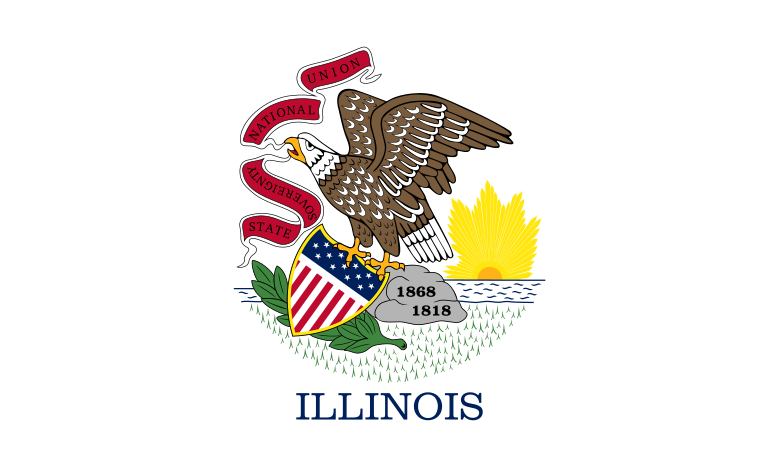




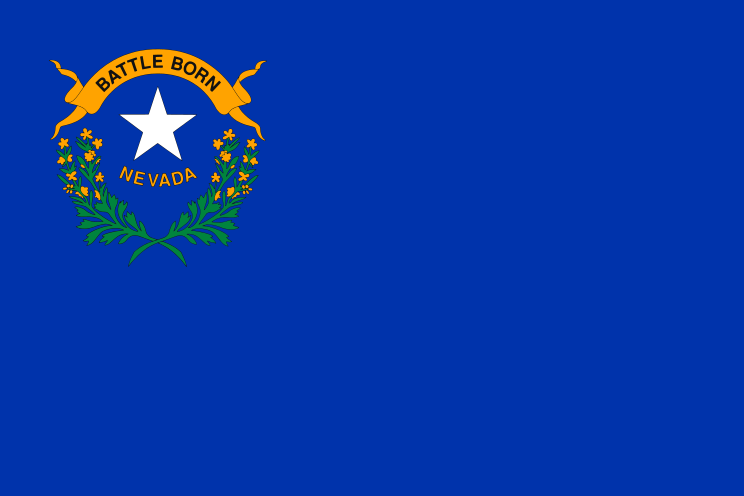




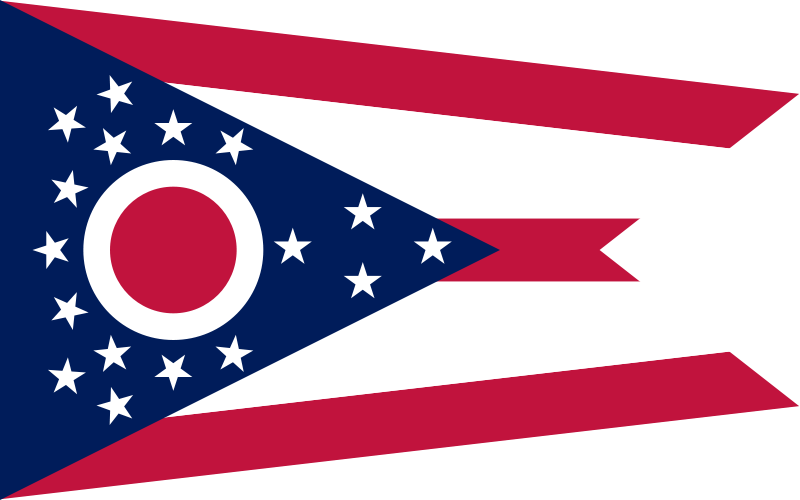

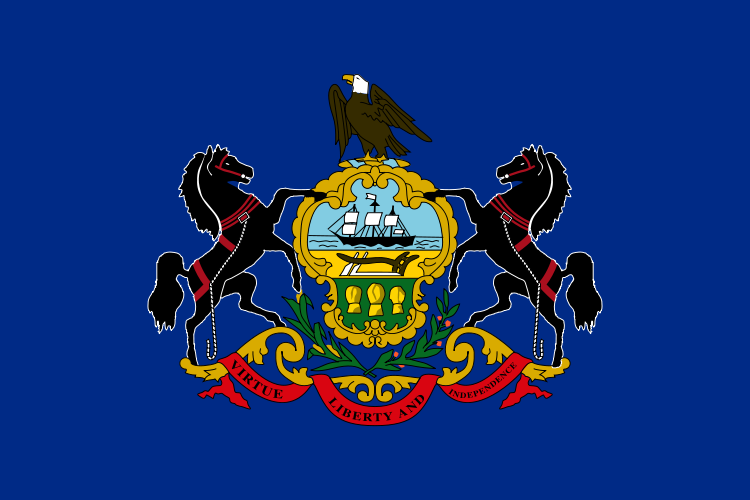





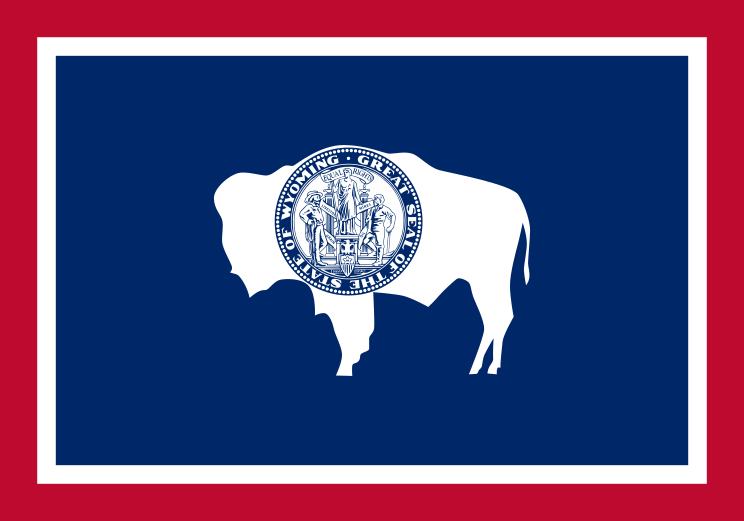
No comments:
Post a Comment